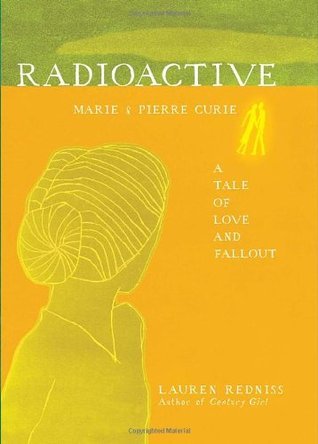
The Radium Girls: The Dark Story of America’s Shining Women
Book Description
They painted the world with brilliance, illuminating lives with their glowing artistry. But as the luminous smiles of the Radium Girls faded, a dark truth began to unravel. Captured in the vibrant era of the 1920s, these young women unknowingly faced a sinister enemy—radium, a substance that would transform their dreams into a deadly nightmare. As their bodies succumbed to the toxic legacy of their work, the fight for justice ignited a revolution. Their courage challenged a nation and changed the fight for workers' rights forever. How far would they go to reclaim their lives and shine a light on the truth?
Quick Book Summary
"The Radium Girls" by Kate Moore chronicles the tragic yet inspiring story of young women working in radium-dial factories in early 20th-century America. Lured by good wages and engaging work, these women painted luminous watch faces with radium-based paint, oblivious to the deadly risks. Over time, many developed severe health issues, from jaw decay to fatal cancers, due to the toxic exposure. Their suffering was exacerbated by employers’ denials and a public enamored with radium’s supposed miracles. Undeterred, these women became pioneers in workplace safety, courageously confronting corporate negligence and legal hurdles. Their persistent fight led to landmark changes in labor laws and regulations, forever protecting future generations of workers from similar harm.
Summary of Key Ideas
Table of Contents
The Allure and Danger of Radium
During the early 20th century, radium was hailed as a miraculous substance, used in everything from medicines to luminous paints. Young women, known as "Radium Girls," were employed in factories to paint watch dials with this glowing material, believing it safe and even beneficial for their health. The societal excitement around radium and the promise of good pay attracted many, especially during and after World War I, when the demand for luminous watches surged.
Women at the Frontlines of Industry
As the women labored, they were encouraged to "lip-point" their brushes, a technique that led them to ingest small amounts of radium daily. Soon, mysterious illnesses began to surface—sudden pain, tooth loss, and disintegrating bones plagued the workers, turning their once-bright lives dark. Despite mounting evidence and personal suffering, the companies involved dismissed concerns, hiding behind scientific uncertainty and the perceived infallibility of radium.
Corporate Negligence and Denial
The affected women faced tremendous challenges as they sought answers and accountability. Their employers, eager to avoid scandal and financial liability, denied any link between workplace conditions and the horrific illnesses spreading among their staff. Medical professionals, sometimes complicit or underinformed, often misdiagnosed or blamed the victims, intensifying the sense of isolation and desperation among the Radium Girls.
The Battle for Justice and Recognition
Fueled by the suffering of their colleagues and their own declining health, the women banded together in pursuit of justice. Partnering with sympathetic doctors and lawyers, they initiated lawsuits against the radium companies. Facing powerful corporate interests, financial hardship, and a slow-moving legal system, the women’s struggle gradually attracted public attention, inspiring widespread outrage and support that helped tip the balance in their favor.
The Lasting Impact on Workers’ Rights
The legacy of the Radium Girls continues to resonate today. Their determined fight led to significant improvements in workplace safety standards and legal protections for workers. Their story is a testament to individual and collective courage in the face of adversity, highlighting the need for vigilance, regulation, and accountability when public health is at stake. By shining a light on corporate negligence, they transformed suffering into meaningful change, protecting generations to come.
Download This Summary
Get a free PDF of this summary instantly — no email required.





